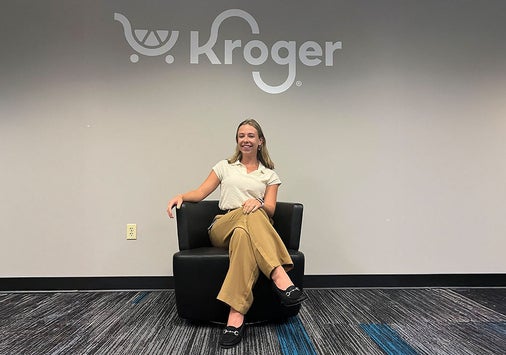Bloomberg Terminals
Bloomberg Terminals, used by leading business and finance professionals worldwide for data, news and analytics, are also here on Denison’s campus for students to do research, and gain certifications and real-life skills to prepare them well for financial professions across the nation and the globe.
Terminals can be used to read financial news, perform market analyses, and access current and historical data. Bloomberg data is useful for students of financial economics as well as global commerce, data analytics, international studies and other majors. Students can learn how to access specific information through tutorials.
Students and faculty from all disciplines can access the data and information available on the eight Bloomberg Terminals across campus. Four are located in Fellows Hall, and available 24/7 with a Denison ID card. The remaining four are in the Doane Library Learning Commons and are accessible during library open hours. *Note, During COVID-19 Fellows Hall terminals have been relocated to allow remote access.
“Many of our economics classes incorporate assignments that require training in at least one of these four Bloomberg modules: Economic Indicators, Currencies, Fixed Income, and Equities,” says Fadhel Kaboub, associate professor of economics and president of the Binzagr Institute for Sustainable Prosperity. Students who compete all four modules gain a formal certification from Bloomberg, which is very helpful for finding internships and entry level positions in the financial industry.
About Bloomberg
Bloomberg, the global business and financial information and news leader, gives influential decision makers a critical edge by connecting them to a dynamic network of information, people and ideas. The company’s strength – delivering data, news and analytics through innovative technology, quickly and accurately – is at the core of the Bloomberg Terminal. Bloomberg’s enterprise solutions build on the company’s core strength: leveraging technology to allow customers to access, integrate, distribute and manage data and information across organizations more efficiently and effectively.
















